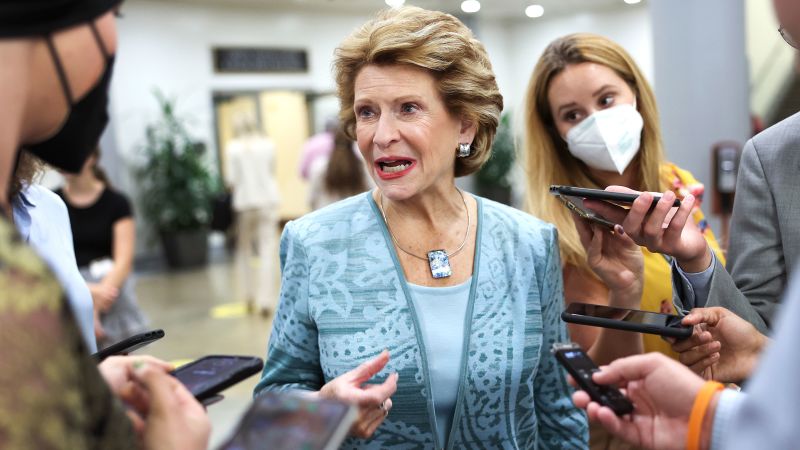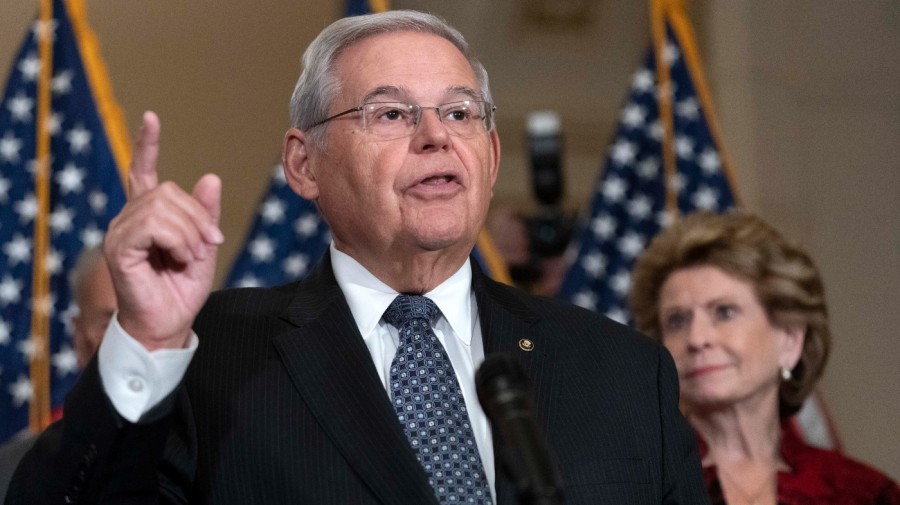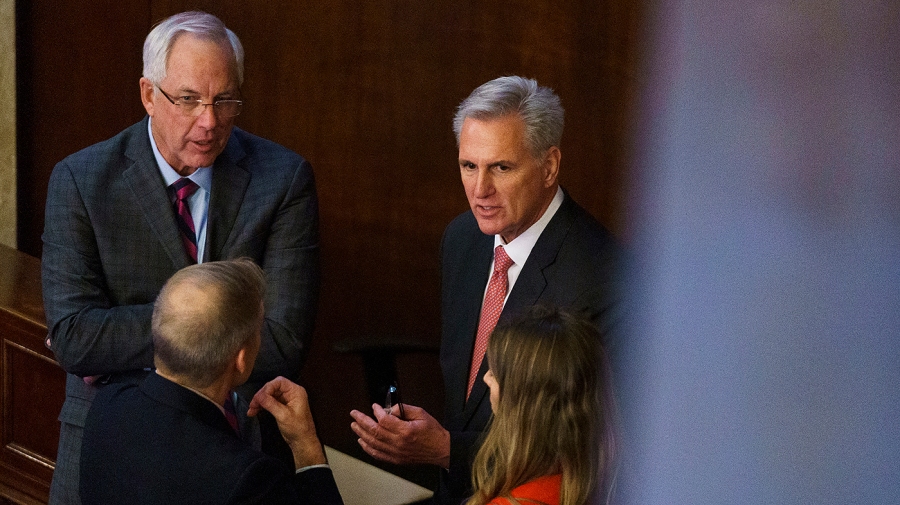Just In | The Hill
A new study suggests rats can change the behavior of coral reef fish by interrupting the flow of nutrients through the ecosystem.
Studying the presence of rats on Indian Ocean coral islands, researchers from Lancaster University said having the small social carnivores in the rocks above was found to have a disruptive impact on reef communities below.
The connection between sky, land and sea was outlined by researchers in Nature Ecology & Evolution on Thursday.
The findings showed that on islands without rats, enormous seabird populations gathered fish from huge ocean hunting grounds and deposited the nutrients on the rocks through their excrement. Nitrogen from the excrement, known as guano, fertilized thick fields of algae below.
But on islands with rats, seabird populations were more than 700 times lower — partly, perhaps, because seabirds can choose to leave an island with rats. That meant less fertilizer and less algae below.
This disruption can affect the already stressed ecosystems of the ocean floor, scientists said.
In one small but potentially far-reaching change, one particular “farming” fish has given up aggressively tending its territory below rat-inhabited islands. Researchers said that without seabird fertilizer, the territory is too thin for the fish to fight for.
That’s a change scientists say could echo in unexpected ways across the life of the reef, from which corals grow to how other “fish move around and use the reef,” marine biologist Rachel Gunn of Lancaster University said in a statement.
“We do not yet know what the consequence of this behavioural change will be but ecosystems evolve a delicate balance over long time-scales, so any disruption could have knock-on consequences for the wider ecosystem,” Gunn said.
Welcome to Equilibrium, a newsletter that tracks the growing global battle over the future of sustainability. I’m Saul Elbein. Subscribe here or in the box below.
Today we’ll look at why America’s biggest oil companies are pulling back their resources and how New York is taking a big step on forever chemicals. Plus: Making clean hydrogen by imitating plants.
Big Oil turns to Western Hemisphere, renewables
Shareholder pressure and government incentives are leading U.S. oil companies ExxonMobil and Chevron to shift spending toward clean energy and projects closer to home.
The focus on Western Hemisphere fields represents a dramatic shift for the companies, which had long directed spending toward expensive, faraway oil and gas developments.
While both companies are directing billions toward projects defined as clean energy, they are spending about four times as much on continued fossil fuel expansion.
Refocusing: The companies are in “retrenchment” from decades of global expansion and have turned their attention to a smaller number of lucrative oil and gas fields, The Wall Street Journal reported.
Both are focusing less on faraway oil and gas developments in Asia, Africa and Latin America and more on cheaper, more lucrative investments closer to the U.S.
Chevron is largely spending in the U.S, Argentina and Canada, while Exxon is investing in Texas, New Mexico, Guyana and Brazil.
Driving the change: Shareholders are sick of oil companies’ big spending on low-margin projects and have yanked on the leash, the Journal reported.
“They don’t think the industry will stick to capital discipline,” said portfolio manager Kevin Holt of asset manager Invesco.
Investors are “going to take a little more time,” before they believe the industry is ready to spend responsibly, Holt added to the newspaper.
Fracking expansion: These fossil fuel deposits are largely locked up in underground layers of shale rock.
This means they will be extracted using fracking, in which chemicals under high pressure are used to pulverize underground petroleum-containing rock, releasing oil but also potentially contaminating nearby water supplies, as the Environmental Protection Agency has reported.
Green spending: The companies are also investing into an array of alternative energy, although this will include continued investments in carbon fuels, E&E News reported.
Chevron will spend $2 billion in wind, solar, hydrogen and energy storage.
Exxon will spend more than $3 billion on biofuels and carbon capture technology — both of which are highly controversial as climate solutions.
Shareholders have also pushed both companies to do more to reduce their operations’ carbon footprint while spending more on fossil fuel alternatives.
Climate concerns: Researchers at the nonprofit Carbon Tracker Initiative found last month that both companies were making investments that could hinder global climate goals.
New York bans ‘forever chemicals’ from clothing
New York Gov. Kathy Hochul (D) signed a bill on Wednesday banning the use of potentially toxic “forever chemicals” in clothing.
The move follows a similar step in September by California.
The New York ban will take effect on Dec. 31, 2023, while the California ban will be implemented on Jan, 1, 2025.
No place for PFAS: “Toxic PFAS chemicals have no place in our waterways, food packaging, and certainly not our everyday items of clothing,” tweeted Assemblymember Patricia Fahy (D), who co-sponsored the bill with state Sen. Brad Hoylman (D).
Following the market: “Many leading clothing companies have already eliminated or have committed to removing these harmful chemicals from their products,” the National Resources Defense Council said in a statement.
PFAS, which are linked to cancer and other illnesses, are known for their ability to persist in the environment and in the human body.
They are commonly used in textiles thanks to their stain-resistant and waterproofing properties.
Companies that have already dropped their use of the substances include Levi’s, Patagonia, Gap, Jack Wolfskin, Zara and H&M.
Read more here.
Portugal beats back destructive wildfires
The government of Portugal has made significant strides in battling down the deadliness and damage of its backcountry wildfires — long among the most destructive and dangerous in Europe.
The data comes from a report published by the state Agency for the Integrated Management of Rural Fires, an agency on the front lines of European wildfire.
Widespread fires in 2017 shocked the nation — particularly after they killed 64 people along a country road that became known as the Highway of Death.
Recent statistics show Portugal has seen less area burned in wildfires over the past five years — with this year at about a third the historical average.
Saving lives: Fires also have not directly killed anyone over the past five years, Portuguese authorities reported.
Tentative progress: But agency head Tiago Oliveira sounded a note of caution. He pointed out the measures and investments made in the past five years have only allowed for “gaining time” and it is essential to “take more measures” quickly.
“This is a collective effort that is a marathon — not a sprint, not a stroll,” Oliveira said.
“We have to run faster,” he added.
One particular concern is that while government intervention seems to be working, there is still little incentive for rural landowners to make fire-reducing improvements to their lands.
How did they do it? An all-fronts attack, with a particular emphasis on preventing serious fires before they happen.
The government spent heavily on prevention, which now accounts for
46 percent of the total $382 million allocated in 2022.
That’s more than twice the share dedicated to prevention in 2017.
How that compares to the U.S.: By contrast, the 2023 federal budget allocates about 18 percent of the firefighting budget to wildfire preparedness and hazardous fuel treatments, according to the Congressional Research Service.
Lessons for the U.S.: Proactively treating forests to prevent serious, destructive burns ends up costing less than half as much as it does to simply suppress them, according to a study by the Congressional Budget Office.
One caveat: While Portugal’s example shows the value of investment into fire prevention — a problem it shares with the U.S. — the two countries deal with the problems on very different scales.
Portugal is a compact and densely populated country, which makes wildfire response and prevention a more manageable task.
In the U.S. — where 52 times as much land burned in 2022 as in Portugal — fires tend to happen far from roads and populated areas, which makes them larger and harder to fight.
Portugal also has a relatively short, summerlong fire season — as opposed to the U.S. fire year.
Green hydrogen made cheap by leaf-imitating panel
A new kind of plant-mimicking solar panel significantly drops the energy costs needed to extract hydrogen from water, a new study has found.
The findings published in Nature represent a potential boon to future production of hydrogen — often touted as a source of emission-free fuel for use in industry and heavy shipping.
“Hydrogen produced by our technology could be very cheap,” University of Michigan engineering professor Zetian Mi said in a statement.
The team’s prototype was 10 times more energy efficient than previous solar powered attempts to perform electrolysis, researchers said.
Improving on the leaf: The team designed their high-efficiency solar electrolyzer — a device that breaks apart water — by creating semiconductors far smaller and more heat resistant than competing models, researchers said.
These modifications allow the devices to function at the high temperatures at which water can be most easily split and oxygen and hydrogen more easily kept from re-combining, according to the study.
Hydrogen paradox: While hydrogen produces only water vapor when burned, most current hydrogen is produced largely from the fossil fuel methane, in plants also powered by fossil fuels.
Nature provides an alternative: Plants are constantly breaking apart water using only sunlight for power.
Since fossil fuels are largely the compressed residues of ancient plants, that means this process is the ultimate source of fossil fuel hydrogen, too.
“In the end, we believe that artificial photosynthesis devices will be much more efficient than natural photosynthesis, which will provide a path toward carbon neutrality,” Mi added.
Thursday Threats
A vaccine averts a serious danger to bees, rising biofuel requirements have environmentalists worried — and the reason your clothes may feel cheaper than ever.
Bee vaccine averts threat of foulbrood
The U.S. Department of Agriculture has approved the world’s first vaccine for bees — an antibiotic fed to the queen, who then gives immunity to her larvae, The Guardian reported. The vaccine prevents the incurable foulbrood disease, currently found in a quarter of U.S. hives.
More biofuels, more damage: environmental groups
Environmental groups warn that new proposals from the Environmental Protection Agency to use drastically more biofuels in the national fuel supply will lead to a “doubling down on dirty fuel,” Grist reported. The proposals continue “on the false premise that biofuels, in general, are a helpful pathway to meeting our climate goals,” Brett Hartl of the Center for Biological Diversity told Grist.
Clothing cost cuts make the world feel cheap
Rising material costs and tight consumer budgets have pushed clothing manufacturers to use cheaper, less sustainable and durable materials — leading to a higher environmental footprint, worse labor practices and generally lower quality, Vox reported. One “instantaneous red flag” is when a company doesn’t make it easy to figure out what fabric is made of, one expert told Vox.
Please visit The Hill’s Sustainability section online for more and check out other newsletters here. See you tomorrow.
Equilibrium & Sustainability, Policy, Chevron, Coral reefs, ExxonMobil, Forever chemicals, kathy hochul, rats











